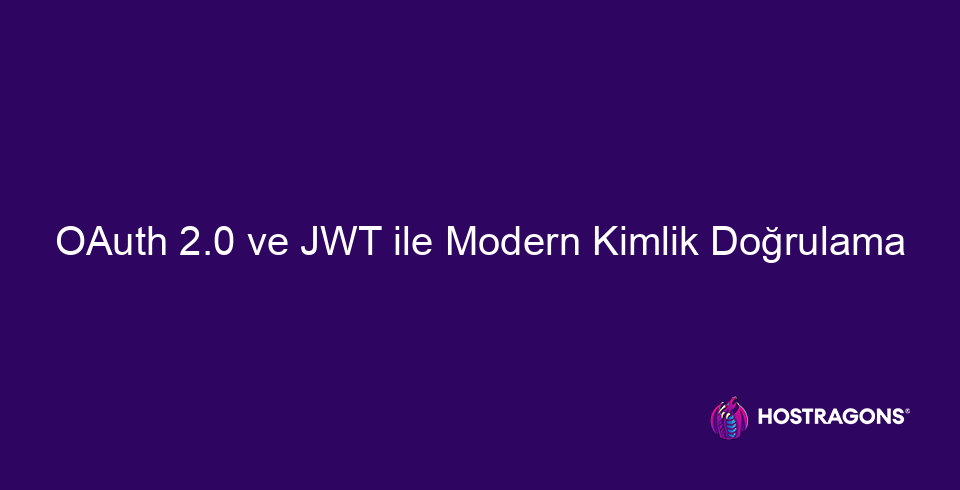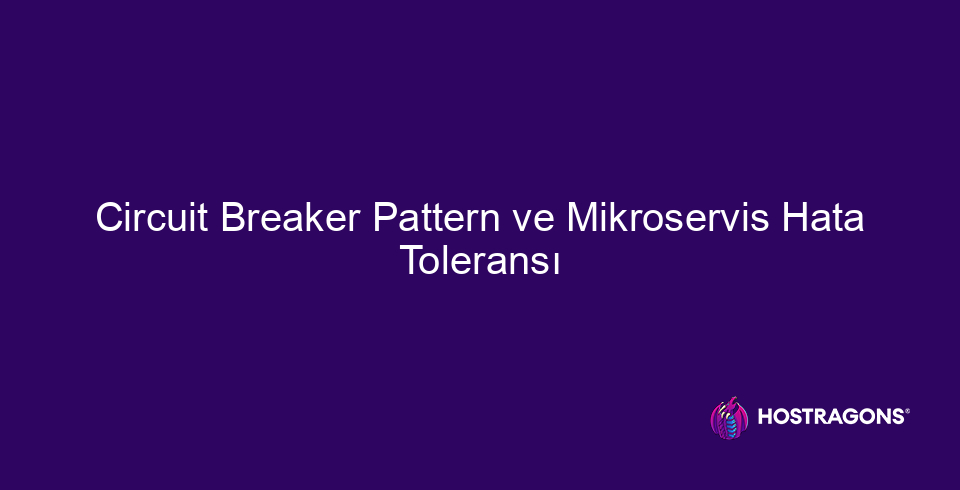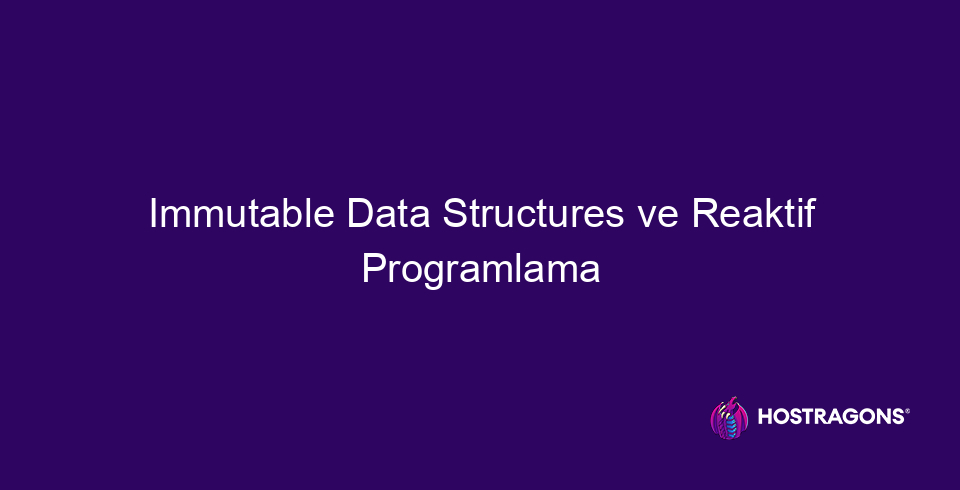Free 1-Year Domain Offer with WordPress GO Service
This category covers software necessary for web hosting and site management. It includes information and user guides for tools such as control panels (cPanel, Plesk, etc.), FTP programs, content management systems (WordPress, Joomla, etc.), and email software.

Static Code Analysis and Quality Control Tools
This blog post comprehensively covers static code analysis and quality control tools, which play a critical role in software development. It provides a detailed explanation of what static code analysis is, why it is important, and how it is implemented, while also providing important information about quality control tools. The article examines the steps of static code analysis, user requirements, key features of the tools, and best practices. It also touches on the advantages and disadvantages of static code analysis, and highlights the points to be considered. Finally, it provides practical guidance for improving software quality by focusing on the results obtained from static code analysis and quality control processes and the actions to be taken according to these results....
Continue reading

Software Dependency Management and Vulnerability Scanning
Software dependencies are an integral part of modern software development processes. This blog post examines the concept and importance of software dependencies in detail, while also addressing dependency management strategies and the factors that cause these dependencies. It also explains what vulnerability scanning is and how it is done, emphasizing how software dependencies can lead to security breaches. Dependency management methods, tools used, and precautions to be taken to protect users are discussed. In conclusion, practical tips are provided, stating that effective dependency management and regular vulnerability scanning can ensure the security of software projects. The Meaning and Importance of Software Dependency Software dependencies are the dependencies that a software project needs to operate in order to...
Continue reading

Database Indexing Strategies and Query Optimization
This blog post covers database indexing strategies and query optimization in detail. It explains what database indexing is and why it is important, while examining different indexing methods and types. It addresses the steps of creating indexes for sorting and filtering, highlighting common mistakes and effective indexing techniques. In addition to the definition of query optimization and how it is done, it introduces various database indexing tools and their areas of use. Performance monitoring, optimization strategies, and the advantages and disadvantages of indexing are evaluated, and key points and application tips are presented. The aim is to provide practical information for improving database performance. What is Database Indexing and Why is It Important? Database indexing is a method used to access data in database tables faster...
Continue reading

Modern Authentication with OAuth 2.0 and JWT
This blog post examines OAuth 2.0, a modern authentication method, in detail. It explains what OAuth 2.0 is, why it is important, and the basics of modern authentication. It also covers what JWT (JSON Web Token) is, how it works, and the differences between it and OAuth 2.0. How to manage the authentication process with OAuth 2.0, the advantages of using JWT, security measures, and things to watch out for are presented with application examples. It also touches on best practices, provides a comprehensive guide to modern authentication, and makes predictions about future trends. What is OAuth 2.0 and Why is it Important? OAuth 2.0 enables internet users to share information with third-party applications...
Continue reading

Real-Time Analytics Software with Data Streaming
Today, real-time data analysis is critical for businesses to gain competitive advantage. At this point, Data Streaming is a technology that allows action to be taken by instantly processing continuously flowing data. In this blog post, we examine what Data Streaming is and why it is important, the basic features of real-time analytics software, and how these two work together. We also cover the tools needed for real-time data streaming, the advantages of performing data analysis, best practices for managing data flow, and different areas of use. While touching on data cleaning methods, we emphasize what to consider when choosing real-time analytics software. As a result, the combination of Data Streaming and analytics software provides businesses with...
Continue reading

Hexagonal Architecture and Port-Adapter Pattern Application
This blog post takes an in-depth look at Hexagonal Architecture and Port-Adapter Pattern, which are used to create flexible and sustainable solutions in software development. The article explains in detail the basic principles of Hexagonal Architecture, how Port-Adapter Pattern works, and the differences between these two concepts. It also provides practical information on how to implement Port-Adapter with examples from real-life scenarios. It also covers important points to consider when implementing Hexagonal Architecture, its advantages, and disadvantages. The post guides developers to overcome the challenges they may encounter when using this architecture, determine the most efficient implementation strategies, and concludes with predictions about the future of Hexagonal Architecture. Introduction to the Basic Principles of Hexagonal Architecture Hexagonal Architecture is a system that...
Continue reading

WebHook Infrastructure Setup and Security Measures
This blog post explains in detail what WebHook Infrastructure is, why it is important, and how to set it up. It focuses on the steps required for setting up WebHook infrastructure, basic components, and security measures. It also provides tips for ensuring WebHook security, usage advantages, potential pitfalls, and integration examples. Readers are provided with a comprehensive guide with the information needed to use WebHook infrastructure and tips for achieving success. Finally, it summarizes the topic with final thoughts on WebHook infrastructure. What is WebHook Infrastructure and Why is it Important? WebHook infrastructure is a critical mechanism that allows applications to communicate with each other in real time. Essentially, one application automatically notifies the other when a certain event occurs...
Continue reading

Circuit Breaker Pattern and Microservice Fault Tolerance
In microservice architectures, fault tolerance is critical to maintaining system stability. The Circuit Breaker pattern plays a vital role in providing this tolerance. The article first explains what the Circuit Breaker Pattern is, then touches on the advantages of microservice architecture and why fault tolerance is important. While the working principle of the Circuit Breaker pattern is examined in detail, it explains how faults can be managed in microservices and how this pattern can be used with real-life examples. In addition, best practices, necessary tools and different fault tolerance strategies are presented to increase fault tolerance. As a result, the importance of fault tolerance in microservice architectures is emphasized, and the necessity of making systems more robust and reliable is stated. What is Circuit Breaker Pattern? Circuit...
Continue reading

Immutable Data Structures and Reactive Programming
This blog post examines the relationship between immutable data structures and reactive programming. First, it explains what immutable data structures are and the basic principles of reactive programming. Then, it discusses the advantages of immutable data structures, their impact on performance, and approaches to migrating to these structures. The importance of error management in reactive programming is emphasized, while common areas of use for immutable data structures are specified. It also introduces tools and libraries that can be used for reactive programming. Finally, the relationship between immutable data and data integrity is evaluated, and recommendations for the future are made. What are Immutable Data Structures? Immutable Data structures are data structures whose values cannot be changed after they are created. This means that once an object is created, that object...
Continue reading

WebHooks vs WebSockets: API Communication Models
WebHooks and WebSockets are two different approaches that play a critical role in modern API communication. In this blog post, we take a detailed look at what WebHooks vs WebSockets are, why they should be used, and how each model works. We discuss the key differences between the asynchronous nature of WebHooks and the real-time communication capabilities of WebSockets, while discussing which model is more suitable for which use case. We also touch on topics such as security measures, performance considerations, and common misconceptions to help you make the right decision for your application. As a result, we offer a clear guide on whether you should use WebHooks or WebSockets, considering your needs. WebHooks vs WebSockets: API Communication Models...
Continue reading

